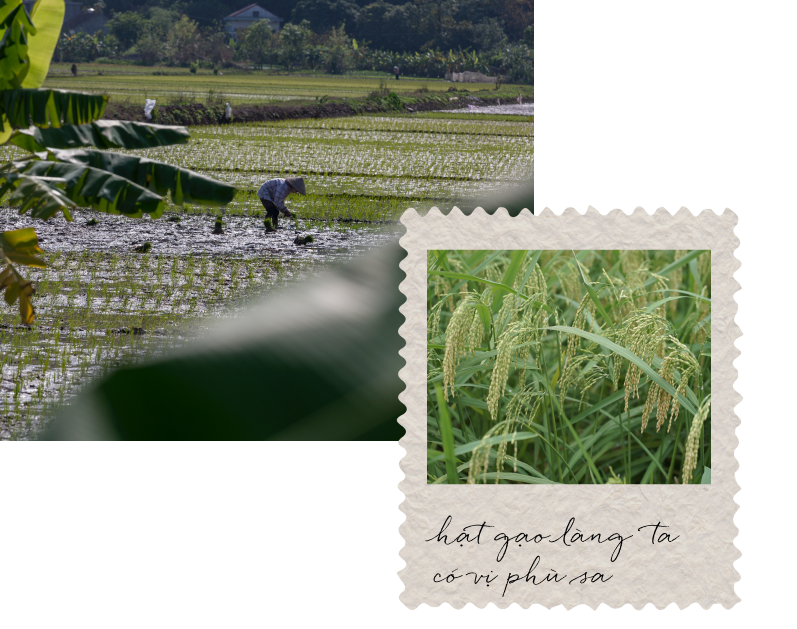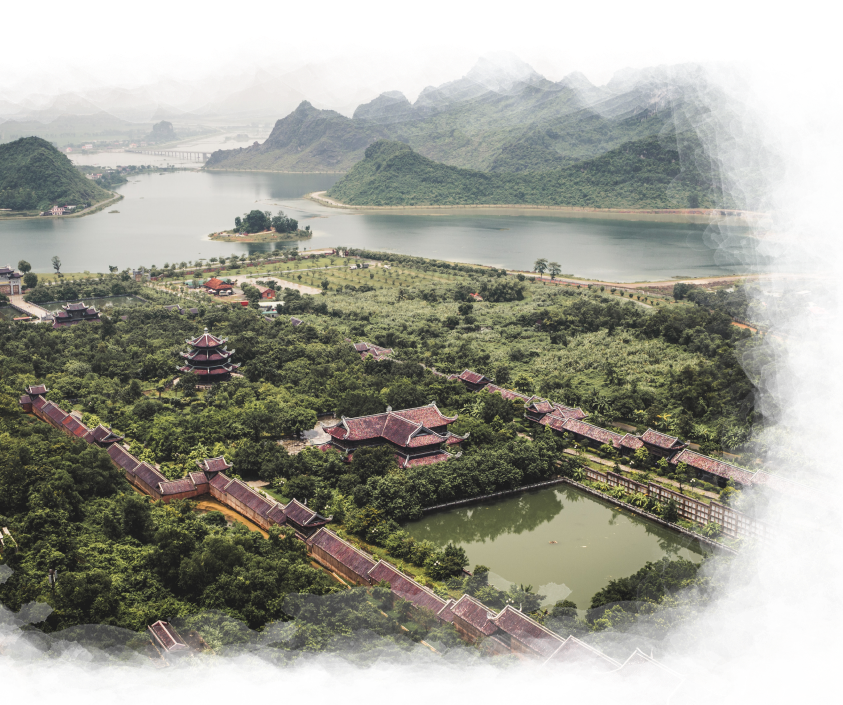Red River Delta landscape

A story that breathes on its own

Cradle of the flooded rice cultivation, the Red River Delta stretches across the country, originating in China and running alongside the Gulf of Tonkin, in the north of Vietnam. The river owes its name to the reddish-brown heavily silt-laden water.
With 4000 years of history, the Red River civilization continues to mark not only the flooded rice cultivation but also Vietnamese culture. Although village dwellers of the Red River Delta have given precedence to growing rice, they began very early on to integrate industry and handicrafts into the rural economy. Indeed, the Red River Delta has allowed the sedentary way of life and village culture to be born, which are still of topical interest in Vietnam. We can discover along the river many ancient footprints, pagodas, temples, as well as the bucolic charm of the many traditional trade villages with its typical houses.
The Red River is therefore an essential element of Vietnamese culture. Although the country has imported cultural practices from around the world, the national identity born from the civilization of the Red River continues to this day through the villagers who live, produce and create artistic and cultural values. We believe that this cultural identity should be carefully preserved as the Red River Delta continues to irrigate not only the fields, but also the souls of its inhabitants.


Ancient royal capital Hoa Lu

A site at the heart of the
country's bigger picture

The ancient royal capital Hoa Lu holds a key role in Vietnamese history. Being located in the Red River Delta, it is part of the Trang An landscape complex in the Ninh Binh region.
In the 10th century, King Dinh Bô Linh strategically decided to designate Hoa Lu as the capital of Dai Co Viet, an ancient name given to the country of Vietnam, because of its geographical advantages. The city has today lost its title of "capital" but the countless ruins of temples and pagodas remain, which has created a strong cultural identity in the region. Hoa Lu is not only known for its tangible cultural heritage, but also for its intangible one with for example, the Hoa Lu Festival which pays tribute to the emperors, allowing young generations to immerse themselves in the nation's past for a better understanding of it.
The legend of the foundation of Dai Co Viet is at the heart of the larger Vietnamese history: the temples of King Dinh and King Le are symbols of locals’ reverence and gratitude for the sacrifices the predecessors have made. The Vietnamese have always shown their appreciation for the emperors who, having built and defended the country, are considered national heroes.

